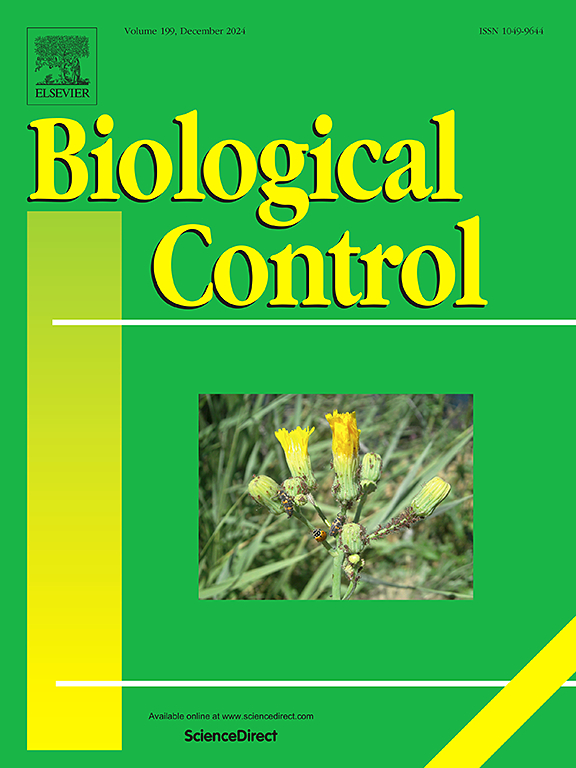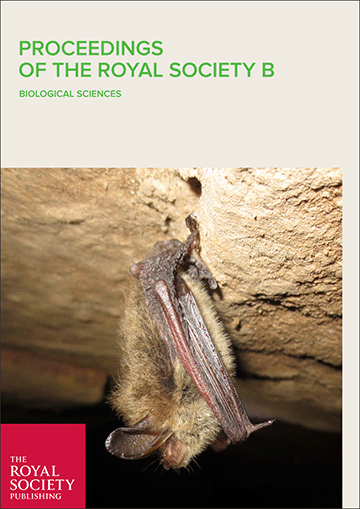Brazil nut tree ( Bertholletia excelsa) is one of the most important non-timber tree species in the Amazon. One aspect related to the sustainability of Brazil nut that has received very limited attention in the literature so far is the way in which the species' distribution has changed over time, which will continue to occur due to climate change caused by anthropogenic factors. We model the potential distribution of Brazil nut in different past climatic periods, as well as during several future periods. Among past periods, the Last Glacial Maximum (~21,000 BP) had the greatest impact on the current distribution of Brazil nut. During this period, the distribution of favorable habitats was restricted to potential refuges in southern Amazonia. On the other hand, the oldest remains of Brazil nut, found in the Pedra Pintada cave (~11,000 years old), were probably collected by human ancestors from trees that reached the area by natural expansion, from one or more smaller refuges, probably located in the vicinity of the Amazon River delta. Distribution potential projections for different future climate scenarios predict a positive future for Brazil nut. We conclude with some recommendations to improve the conservation, use and management of the species, both inside and outside their natural range. Distribution potential projections for different future climate scenarios predict a positive future for Brazil nut. We conclude with some recommendations to improve the conservation, use and management of the species, both inside and outside their natural range. Distribution potential projections for different future climate scenarios predict a positive future for Brazil nut. We conclude with some recommendations to improve the conservation, use and management of the species, both inside and outside their natural range.
DOI:
https://doi.org/10.46357/bcnaturais.v9i2.525
Altmetric score:
Dimensions Citation Count:
























